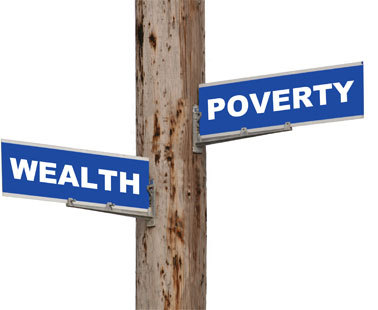Nigeria’s unemployment rate worsened from 16.2 percent in the second quarter of 2017 to 18.8 percent in the third quarter of the year, the National Bureau of Statistics said on Friday.
The NBS said the number of people within the labour force who were unemployed increased from 13.6 million in the second quarter of the year to 15.9 million in the third quarter of same year, with more than two million people unemployed within the period.
Similarly, the number of underemployed increased from 17.7 million in the second quarter to 18.0 million in Q3 2017.
Data released by the NBS showed that the rise in the rate was occasioned by the economic recession that saw the nation’s growth decelerate until September 2017 when Nigeria finally exited recession.
“An economic recession is consistent with an increase in unemployment as jobs are lost and new jobs creation is stalled,” the report said.
“A return to economic growth provides an impetus to employment. However, employment growth may lag, and unemployment rates worsen especially at the end of a recession and for many months after.”
The report said economically active or working age population (15 – 64 years of age) increased from 110.3 million in Q2 to 111.1 million in Q3 2017, while the labor force population increased from 83.9 million in second quarter to 85.1 million in Q3 2017.
The total number of people in full-time employment (at least 40 hours a week) declined from 52.7 million in Q2 2017 to 51.1 million in Q3 2017, it said, adding that total unemployment and underemployment combined increased from 37.2 percent in the previous quarter to 40.0 percent in Q3 2017.
During the quarter Q3 2017, 21.2 percent of women within the labour force (aged 15-64 and willing, able, and actively seeking work) were unemployed, compared to 16.5 percent of men within the same period.
The report also noted that underemployment was predominant in the rural areas as 26.9 percent of rural residents within the labour force in were underemployed compared to 9 percent of urban residents within the same period.
